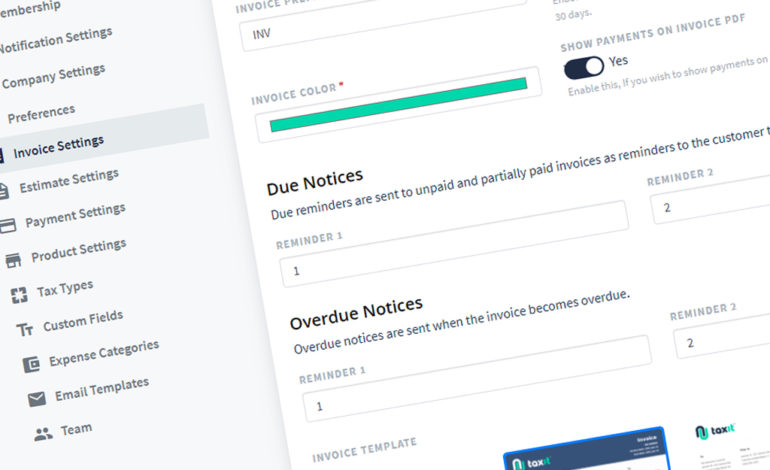The sales process is a real challenge, you have to be prepared to face an increasingly diversified demand and a new type of customer, more informed, selective, demanding and willing to assert their rights. We offer you a basic classification for you to become a true master of sales.
To begin to understand the sales process and its characteristics, it is necessary to recognize the different modalities in which it is carried out, many of which have arisen as a result of technological advances and the requirements of these new consumers. Because before making any sale, the first thing you have to look for is the best accounting program to manage those profits that will come … But, for now, the best thing is to cement your knowledge base.
Main types of sale: face-to-face and not face-to-face
Definition of sale: “The exchange of products or services, for monetary units that occurs between a seller and a customer, seeking to satisfy the customer’s needs and achieve the seller’s objectives.”
However, this exchange process is not always done in the same way, and can be divided into different types, according to:
Face-to-face sale
Also known as direct or personal selling, face-to-face selling implies that a salesperson uses communication and persuasion methods to convince a potential customer to make a purchase to fulfill their objective. All this, without the presence of any type of electronic means or third parties involved.
The salesperson has a free hand to deploy their strategies on a potential client from whom they receive their full attention.
Non-presential sale
If the seller and potential customer are not in the same place and do not maintain a communication process from you to you. We are talking, then, of a type of non-face-to-face sales. For this type of sale we can distinguish different most common sales cases:
Sale by mail
This system has fallen into disuse in recent decades … but it is true that through Publicmail We can retain your consumers and attract new customers by promoting your business in a direct and simple way.
Sale by email
Selling by email is getting stronger. E-mail is a perfect tool for the seller to convey to the potential buyer a whole set of effective purchase arguments in the form of texts, multimedia files, online catalogs and a long etcetera that only grows year after year.
Sale by phone
Selling over the phone involves increasingly aggressive tactics on the part of a salesperson who needs to keep the potential customer’s attention at all costs. This type of sales abounds more in services than in products, since any buyer wants to see what they are buying before making a decision. It is a type of sale that if not done well, can have a negative impact on your brand image.
Internet sale
In this type we clearly start from the fact that, directly, there is no human seller . Persuasion tactics are replaced by marketing and communication techniques applied to online sales. We are talking, then, of an art in which a whole set of factors converge (photographs, texts, user experience …) that have to lead to the purchase by the potential client, or, in the collection of data through forms, conversion funnel and / or landing pages.
Other types of sale
Are there other types of sale in addition to the ones we have already discussed? Well, in truth, any sales method can be classified as face-to-face or not face-to-face … But beware, because there are two other variants that you need to know.
Wholesale
Wholesale sales are those in which the customer buys large quantities of products at more affordable prices. This is a sales method, however, that is usually forbidden for the final consumer and that usually moves between suppliers and stores:
- They pay less attention to the promotion , the environment and the location of the company, since they deal with business customers and not with the end consumers.
- They tend to have transactions for larger amounts , usually covering a larger commercial area.
- It is governed by different rules.
Retail or retail sales
In this type of sale, the service provided and the sales channels so that the customer can access the products offered, play a predominant role. Retail may consider the following levels of service:
- Self-service: each consumer performs the search, comparison and selection process.
- Self-selection: in it, customers search for products, being able to request help if they need it.
- Limited service: it offers a greater number of goods so there is more information and assistance.
- Full service: in this type of service there are vendors who are willing to serve customers during the different moments of the purchase.






